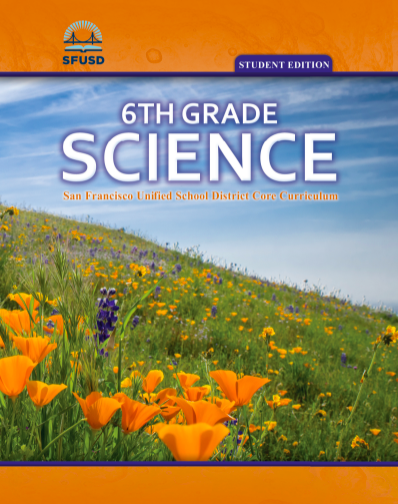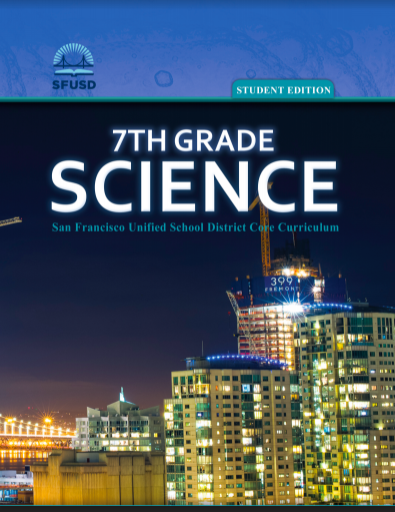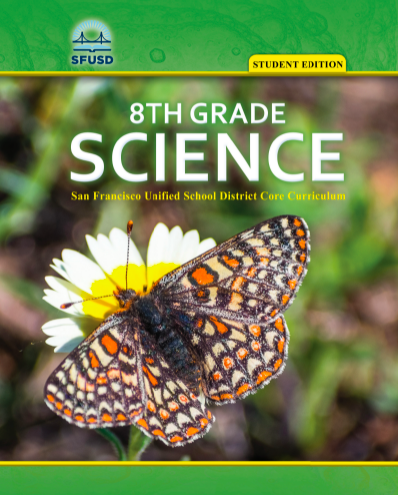Educators, welcome to the MS Science Core Curriculum Page 🧬
Teachers navigate this page to view and download Unit 0: Groupwork which all grade levels start at the beginning of the school year.
Next, migrate to your Grade Level to the right to view and download your curricula which include:
⬛ Overview
⬛ Standards
⬛ Units & Culminating Projects
⬛ Lessons
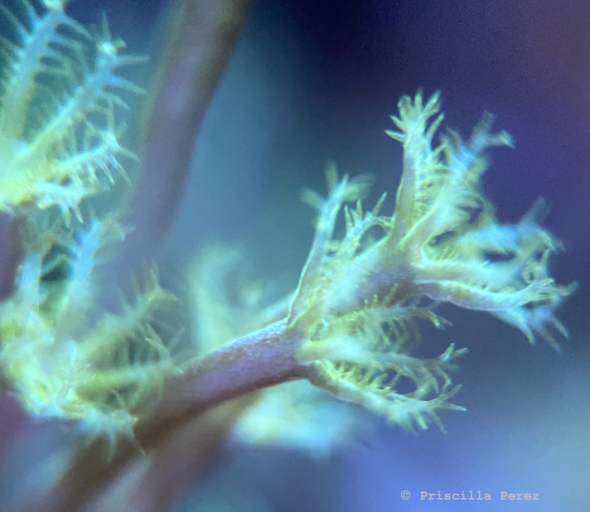
Unit 0: Groupwork
Start the year off here!! All grade levels start teaching with Unit 0 at the beginning of the school year. Below you can view and download the Unit 0 contents which include:
🟪 Overview
🟪 Materials
🟪 Lessons
🟪 Extra Resources to implement the Core Curriculum
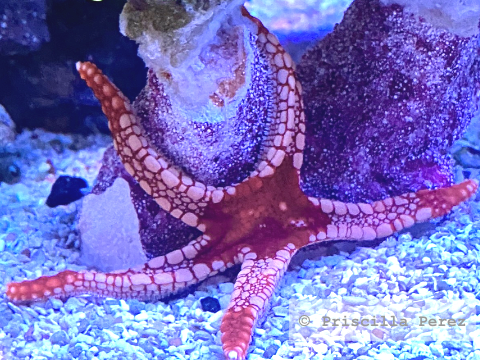
6th Grade Science Core Curriculum
Below you can view and download the 6th-grade level contents, which include:
🟧 Overview
🟧 Materials
🟧 Lessons
🟧 Extra Resources to implement the Core Curriculum
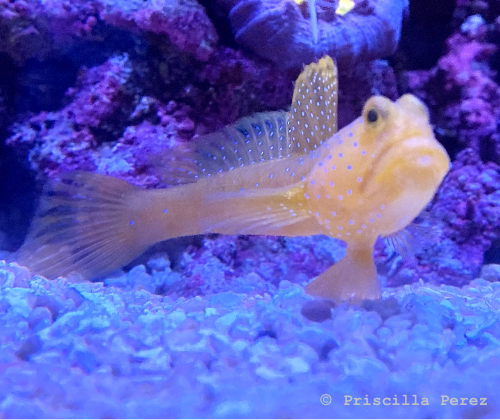
7th Grade Science Core Curriculum
Below you can view and download the 7th-grade level contents, which include:
🟦 Overview
🟦 Materials
🟦 Lessons
🟦 Extra Resources to implement the Core Curriculum
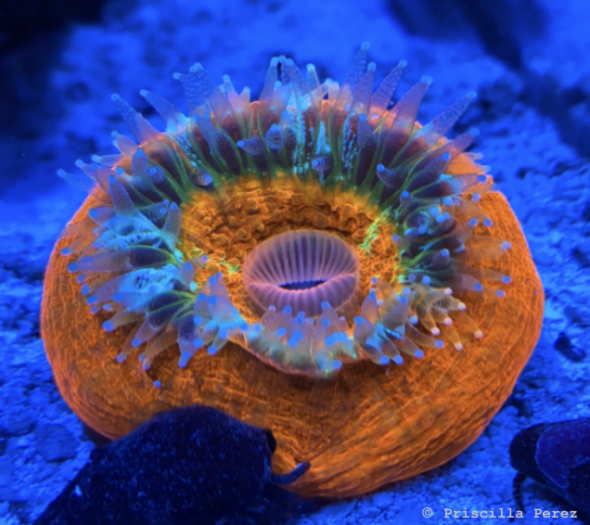
8th Grade Science Core Curriculum
Below you can view and download the 8th-grade level contents, which include:
🟩 Overview
🟩 Materials
🟩 Lessons
🟩 Extra Resources to implement the Core Curriculum
PDF Science Textbooks Link to this section
Share pdf link with your students on Google Classroom. Note: students must use SFUSD email to view.
This page was last updated on July 25, 2023


